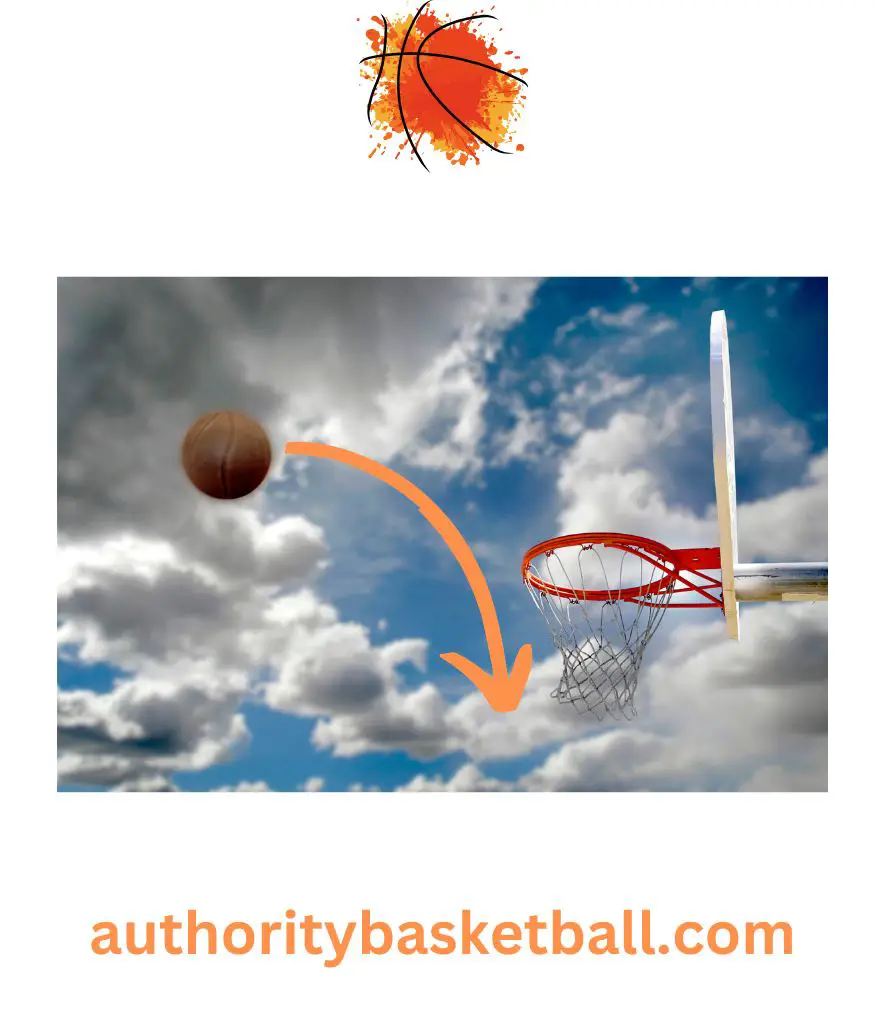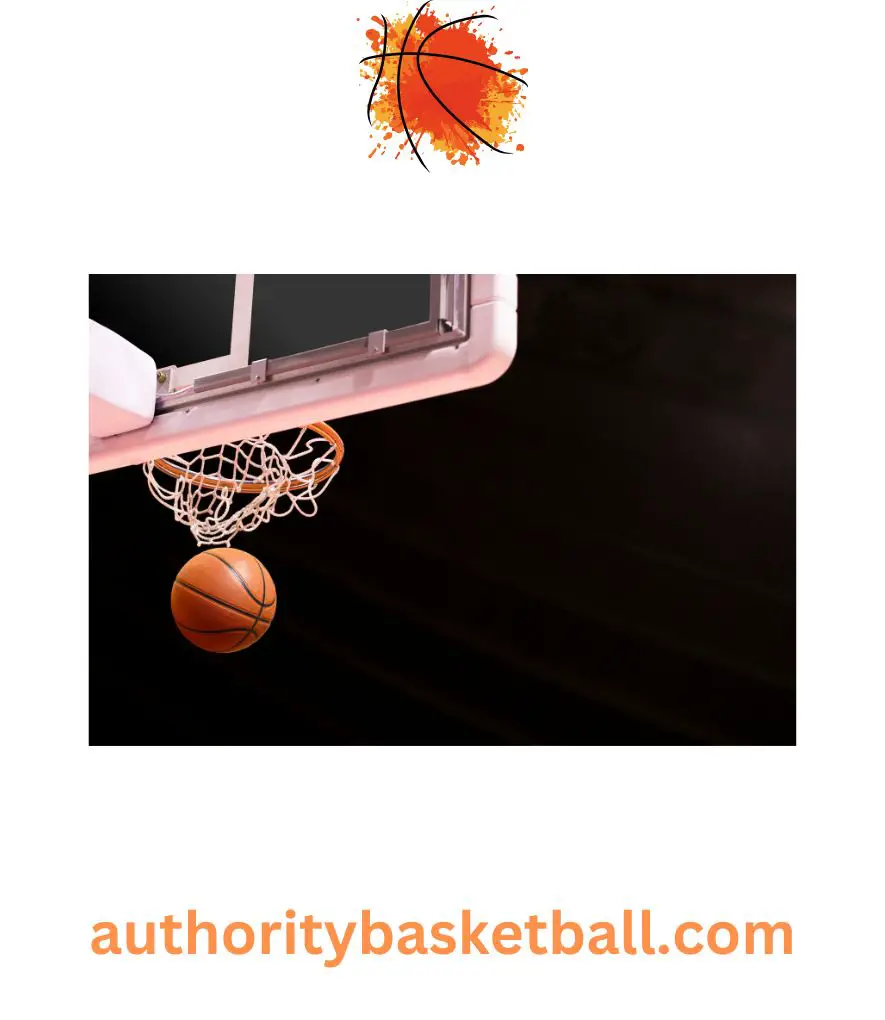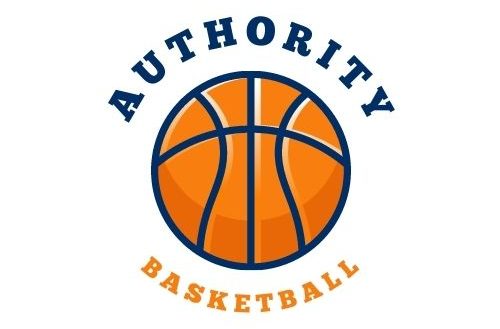Basketball is a game that demands accuracy, talent, and strategy.
Scoring is one of the most important parts of the game and there are many different sorts of shots in basketball, but some are far superior to others.
Shots can enter the hoop in a variety of ways, but players can also miss their attempts at the hoop in a multitude of ways.
With poor shot execution comes narrow or embarrassingly wide misses which fall way short of the target, and one type of miss that falls into the former category is the air ball.
This article will dig much deeper into what an air ball shot is, starting with a quick explanation…
When an air ball happens, the basketball simply goes towards the basket without touching a player, the rim, the backboard, or entering the hoop. In other words, the ball merely travels through the air from the player’s hand, to making contact with the ground or going out of bounds, hence the “air ball” name.
Read on for more detail on this fascinating basketball concept.
What counts as an air ball during the game?
Let’s set the record straight here.
If a shot hits the rim or backboard and doesn’t go in, it’s known as a miss.
However, if a shot goes up and misses without hitting any part of the hoop (i.e. including the rim or backboard), it’s known as an air ball.

On the flip side, you can have a scenario where a shot goes into the basket and only makes contact with the netting, completely avoiding both the backboard and rim.
This is referred to as a swish.
You’ve also got some other shot types, such as the:
- Make shot – a shot that goes into the hoop and only touches the rim and net; and the
- Bank shot – a shot that hits the backboard and then proceeds to bounce directly into the hoop
Anyway, let’s get back to the subject of air balls now.
The majority of air balls occur on really long shots, when a player lacks the strength to propel a shot all the way to the basket, or from the corners, where there is no backboard to hit if the ball flies too far.
It should also be noted that tipped or blocked shots do not qualify as “air balls.”
Air balls occur when a player misses the whole hoop without the ball coming into contact with any opposing player.
Famous examples of air ball situations in basketball
Air balls are not rare in basketball and can occur for a variety of reasons.
For starters, a basketball player may be returning from a long injury hiatus and attempting to shake off the rustiness in their game.

Another reason could be that during the shot attempt, a defender may have put their hand in the shooter’s face, thereby obscuring their vision of the hoop target which makes them miss the basket altogether.

Alternatively, there might also be a shot made that’s beyond a player’s physical range and foreign to their game.
Here are a few examples of air ball shots happening in the NBA.
Example 1 – Kevin Durant
This is an example sowing Kevin Durant making an air ball during Game 7 of the 2021 NBA Playoffs against the Milwaukee Bucks.
In a desperate attempt to give his Brooklyn Nets team the lead in the closing moments of the game, Durant goes for a three pointer.
But to his disappointment, the ball falls short of the basket and the net, leaving him and his team mates deflated as a result.
Example 2 – Stephen Curry
This is a collection of Stephen Curry’s air balls.
You can see his annoyance and disappointment in his expression after the air ball, keeping in mind that on one occasion his team had only 6 seconds to break a tie.
Is an air ball a foul?
There are several rules and restrictions that players must follow when playing basketball.
One often asked subject is whether an air ball is deemed a foul.
In basketball, however, an air ball is not a foul.
To be more specific, an air ball occurs when a player shoots the ball and completely misses the rim, backboard, and net.
Meanwhile a foul happens when a player collides with another player, resulting in an unfair advantage or disadvantage.
Pushing, tripping, or striking another player are all examples of fouls in the NBA.
On a separate note, when a standard shot misses, it lands on the rim or the backboard.
This keeps it in play, giving the offense another chance as they can reset the attacking play for another scoring opportunity.
However, that is not the case with an air ball.
Air balls are not only horrible misses; they also tend to travel straight out of bounds or into the arms of a defender.
In this way, they denying the offensive player another chance at making a basket, because shots of this type almost always result in a change of possession because of the ball going out of bounds.
It’s important for players to understand the difference between an air ball and a foul to avoid confusion and ensure fair play.
Is it an air ball if the basketball touches the net?
The answer to this question is yes.
An air ball happens when no contact whatsoever is made between the ball, the rim and the backboard once it leaves the shooter’s hands.

But an air ball can also happen when the basketball touches the net without making its way through the hoop.
In such a scenario, the ball’s trajectory would fall short of the ring itself and simply brush the net on its way to the ground or going out of bounds.
Conversely however, when a shot goes into the basket and only hits the net, completely avoiding both the backboard and rim, it’s called a swish.
This is one of the game’s most rewarding baskets.
Can you rebound your own air ball?
In a practical sense, this isn’t possible.
Because an air ball results in the ball landing on the ground or going out of bounds, there’s no rebound opportunity for the attacker to capitalize on in the first place.
And in a general sense…
You cannot rebound your own ball in the NBA; as this would be called a travel violation.
The NBA follows its own set of regulations, which say that no player shall attempt to rebound their own shot if it has not impacted the backboard, rim, or another player.
This is a violation as well as a turnover in possession, made clear in the official NBA rule book ((Section XIII, subsection f):
“A player who attempts a field goal may not be the first to touch the ball if it fails to touch the backboard, basket ring, or another player.“
Source – NBA official rule book
Final thoughts
In conclusion, an air ball in basketball is a shot that completely misses the net without making contact with the rim or the backboard.
Poor shooting technique or a player’s degree of tiredness, among other variables, are frequently to blame.
While air balls are embarrassing for players, they are a common event in the game and can happen to anyone.
As a result, basketball players should not be disheartened by the occasional air ball, but rather use it as a learning experience to improve their shooting and overall ball technique, which would subsequently increasing their chances of making successful baskets in their next game.
Following on from this post, have a look through our guide on how to become a better shooter in basketball, as that article has some actionable tips that professionals and enthusiasts alike can use to better this element of their game.
- The Most Popular Prop Bets Made During the NCAA Final Four Tournament - February 9, 2024
- Evaluating the Enigma: Does LeBron James Possess a No-Trade Clause? - May 16, 2023
- Gravity’s Dance: Unveiling the Art of Bouncing Basketballs - May 16, 2023

